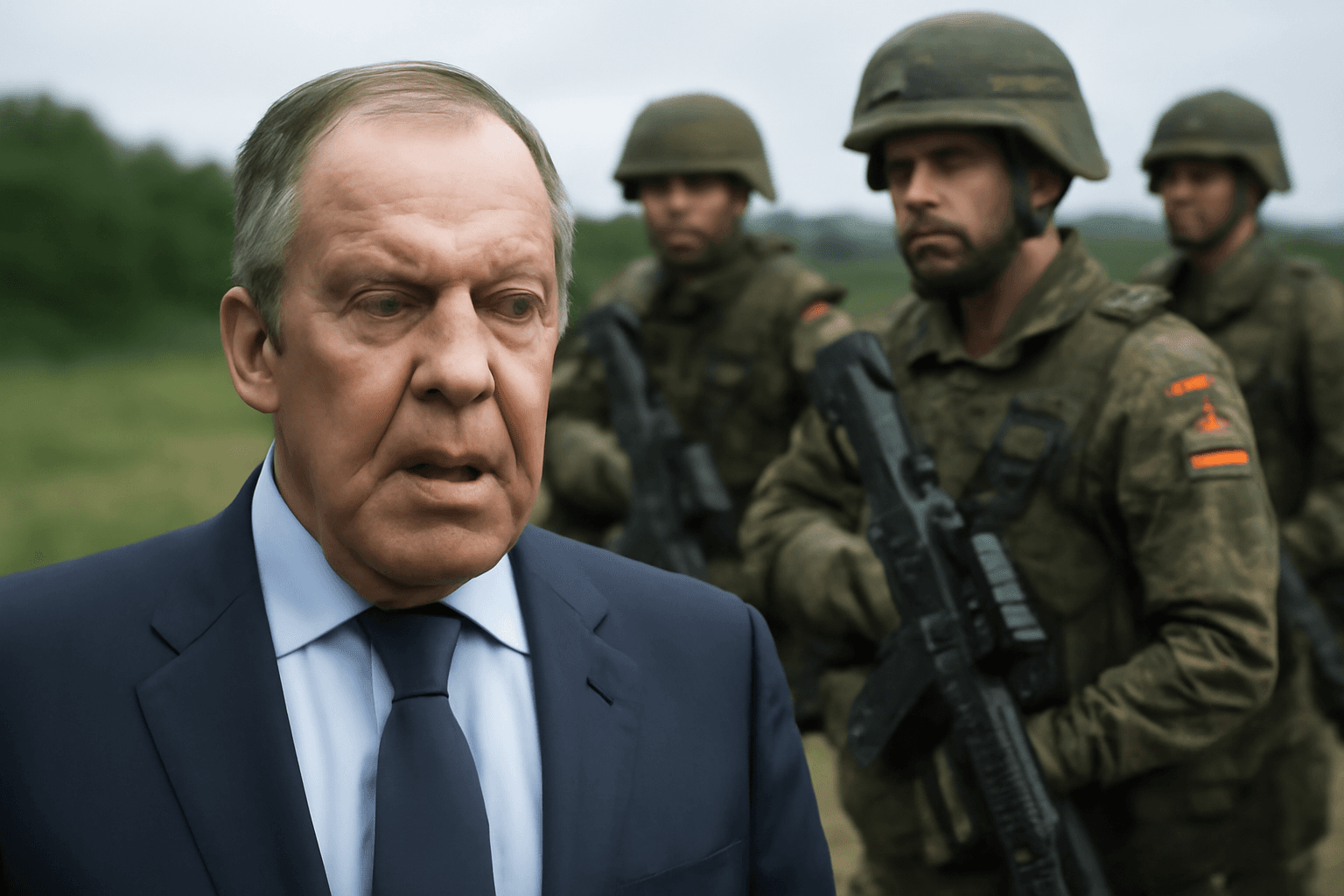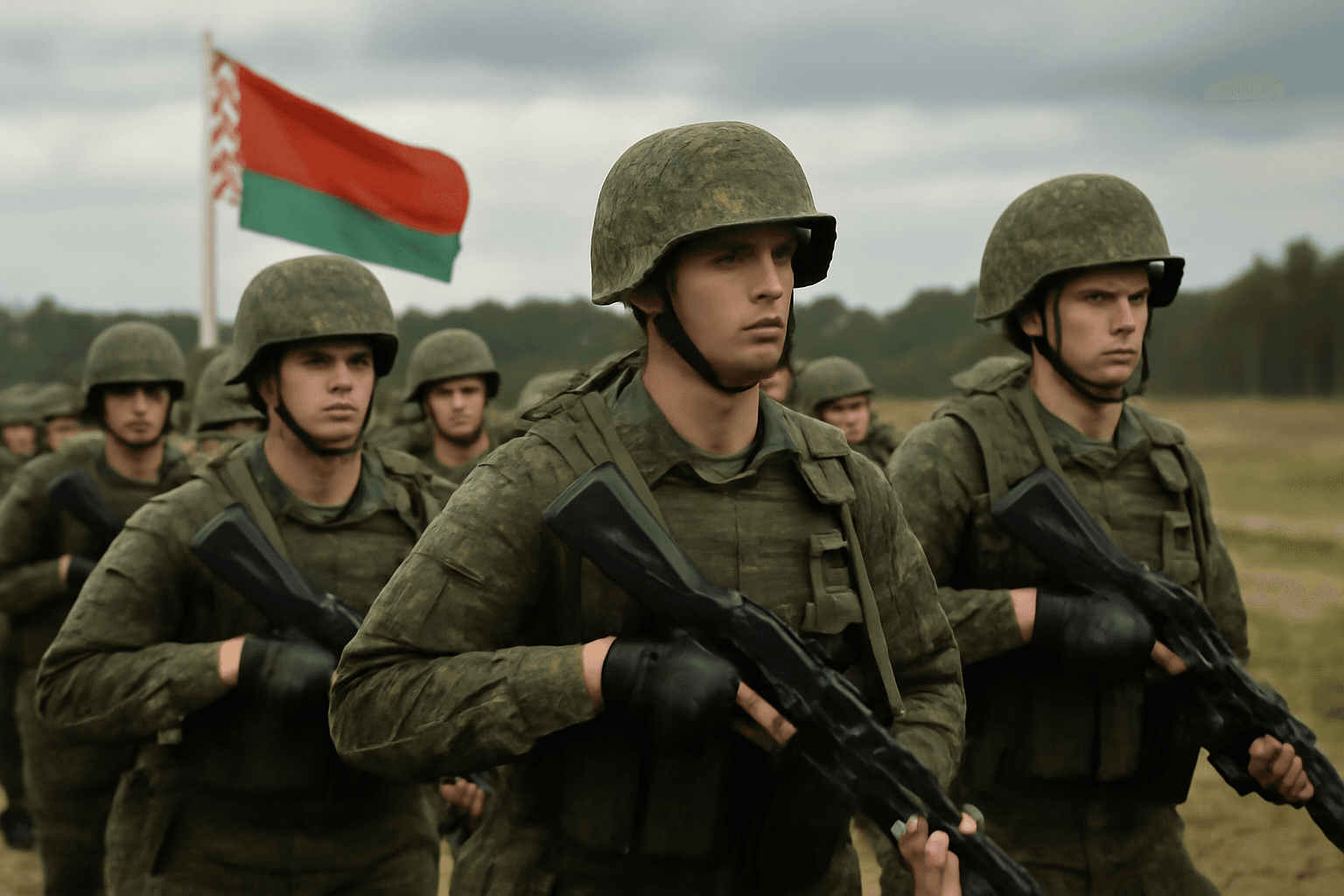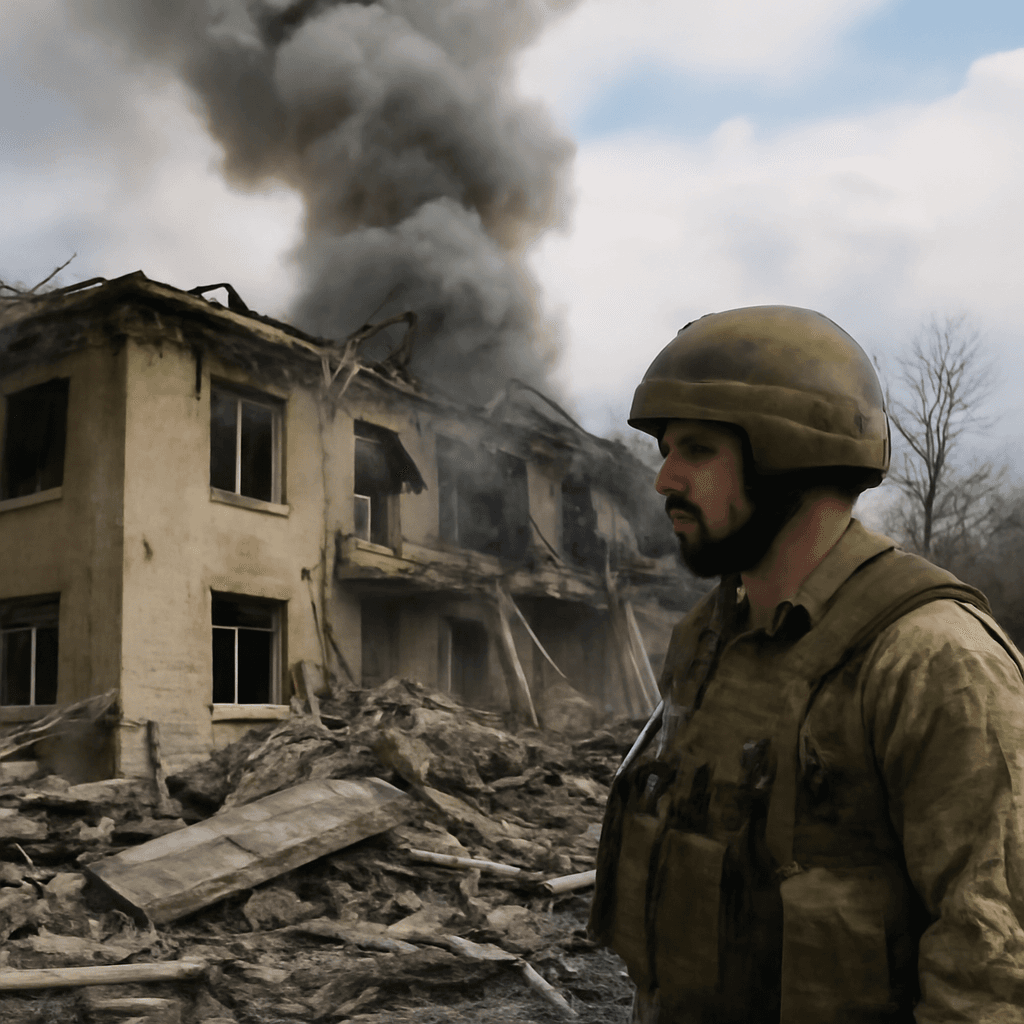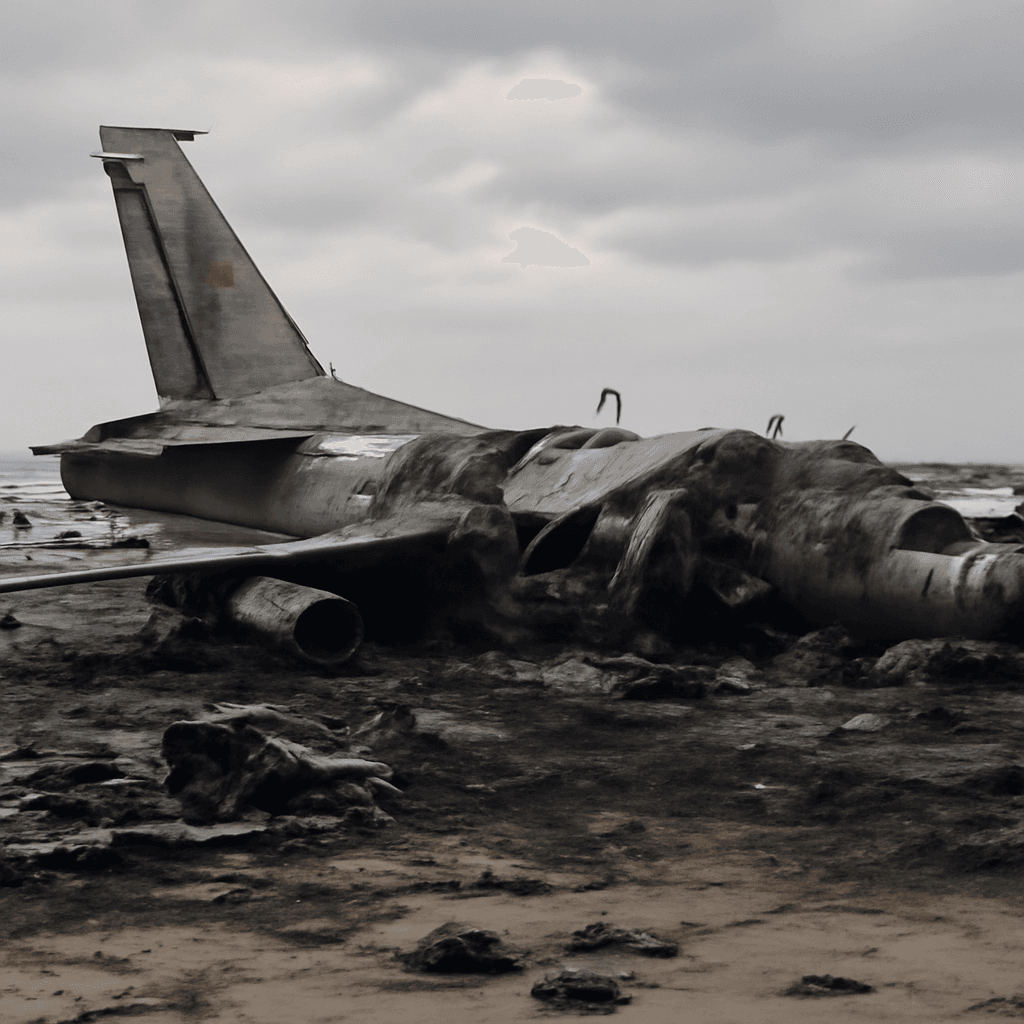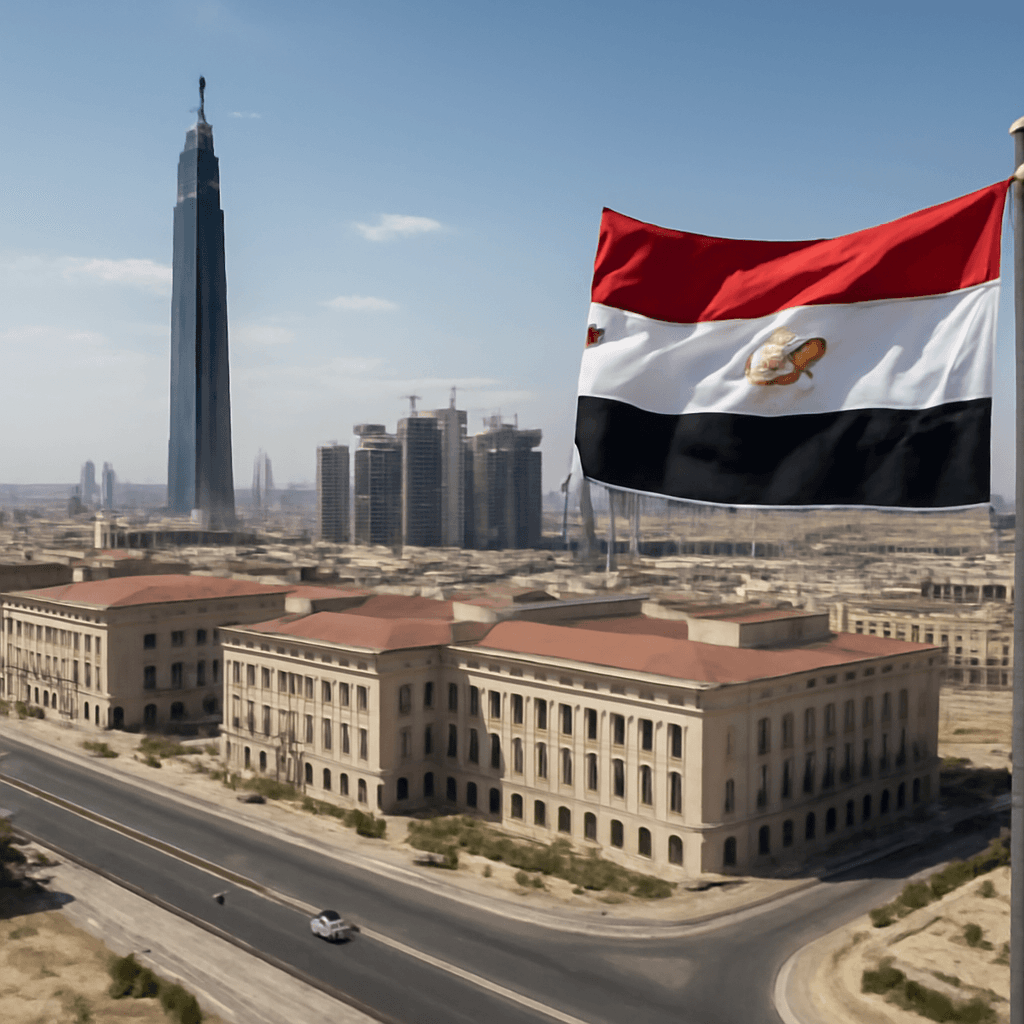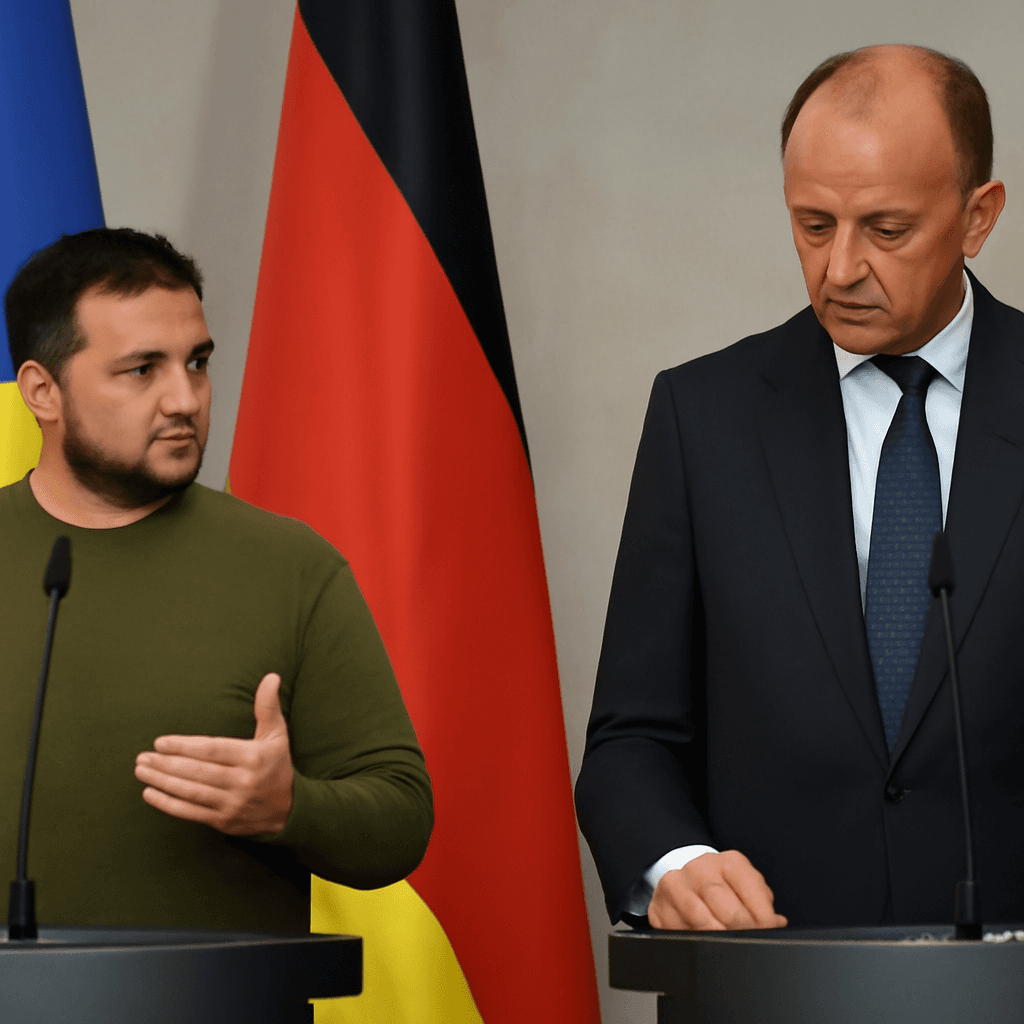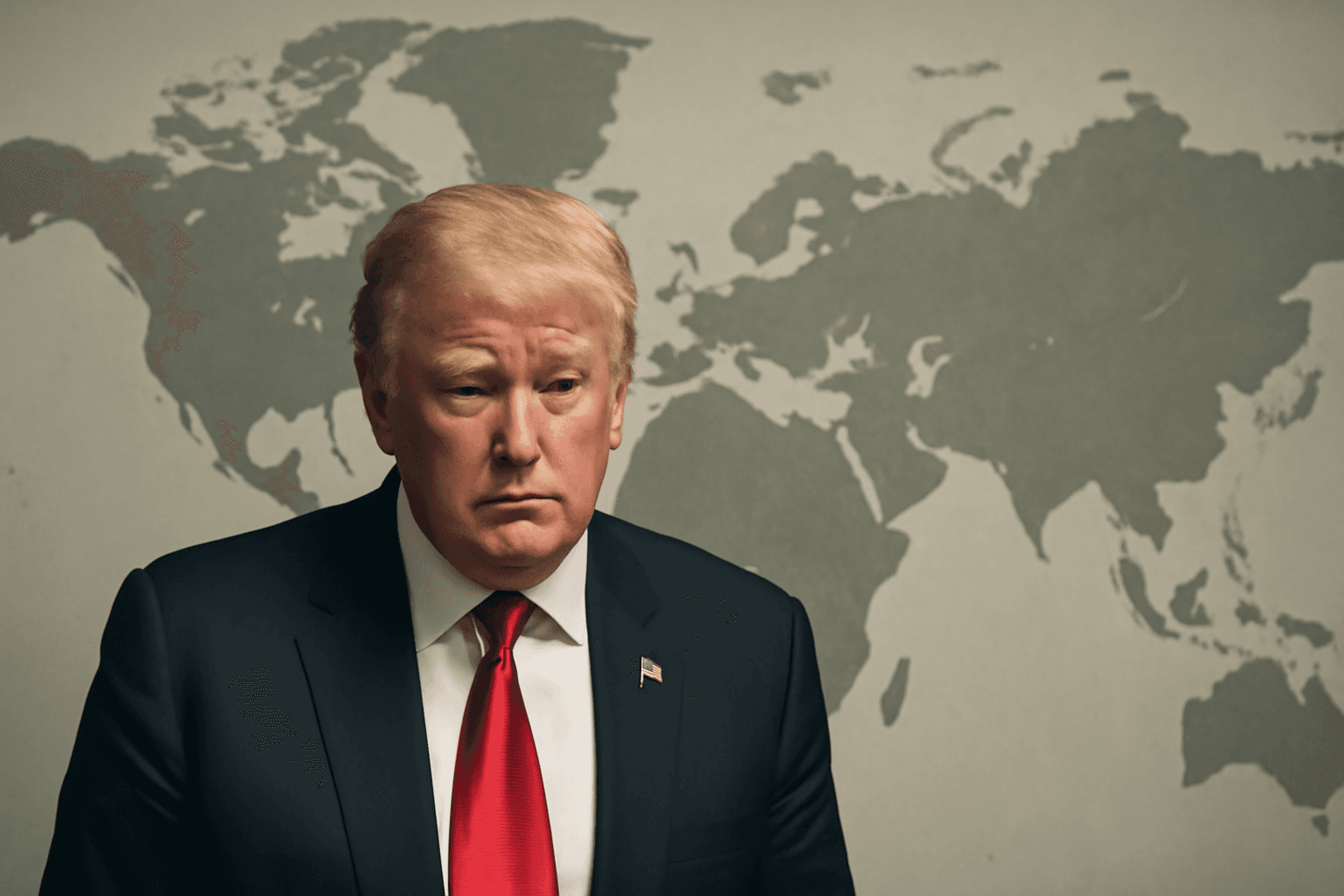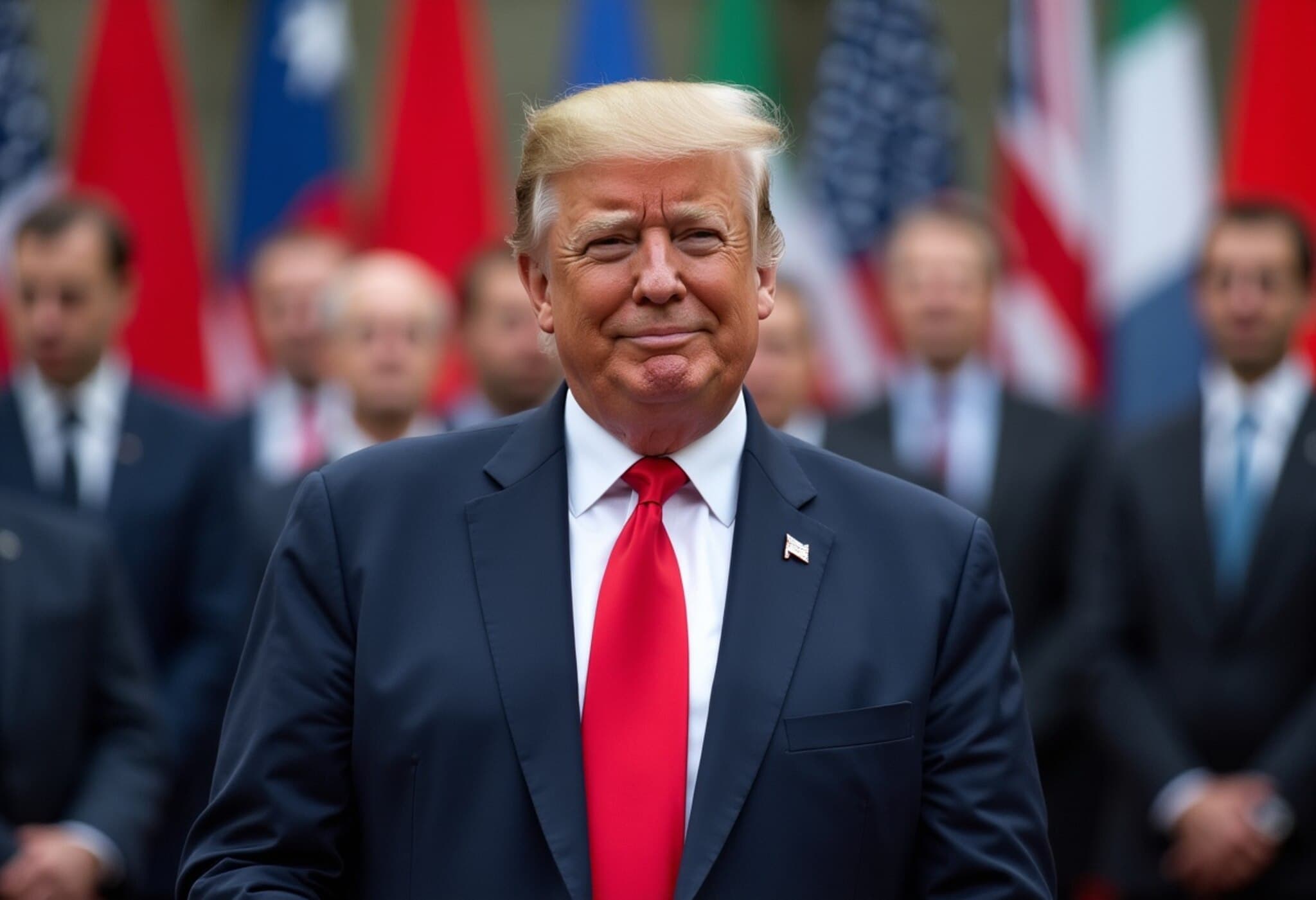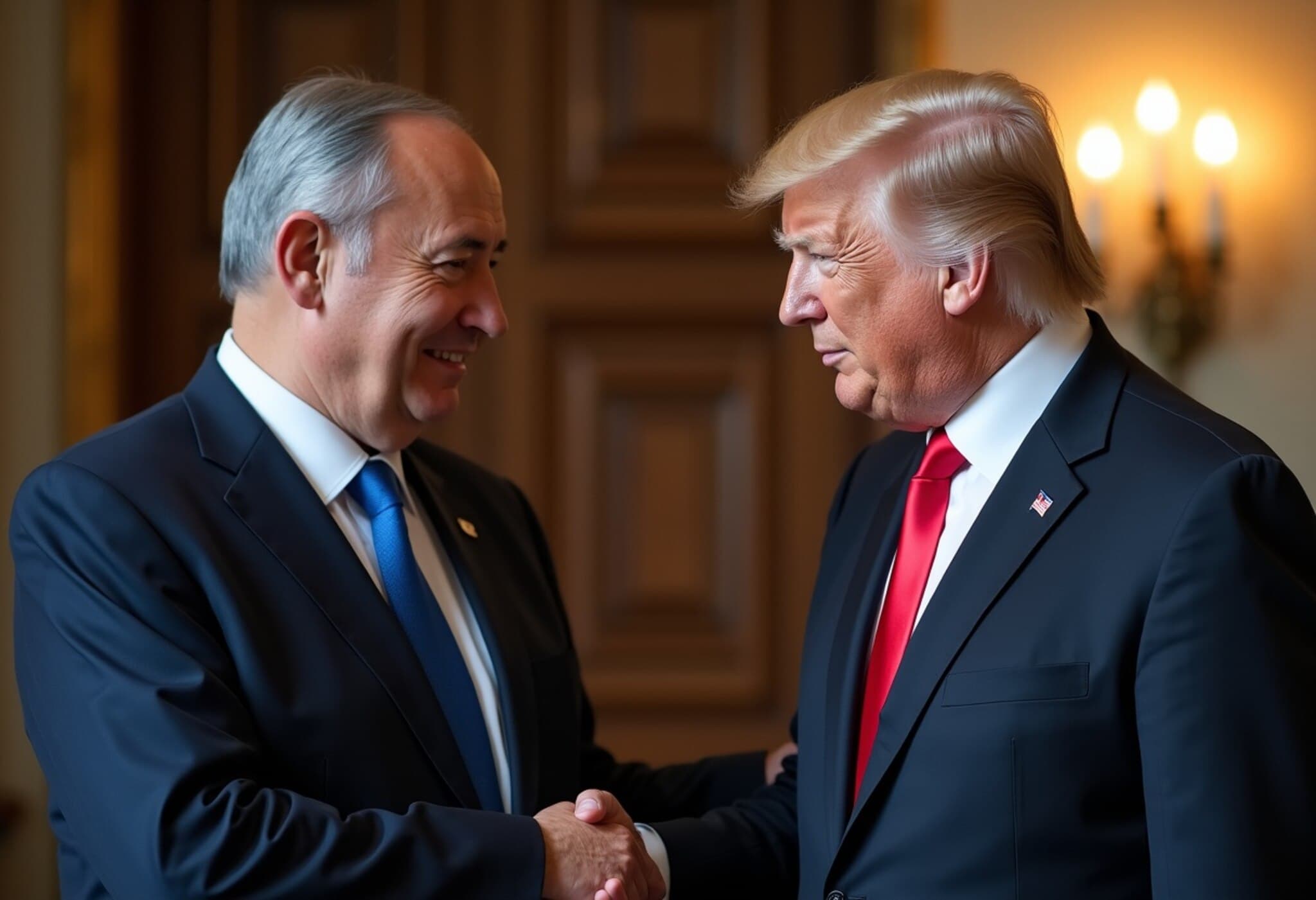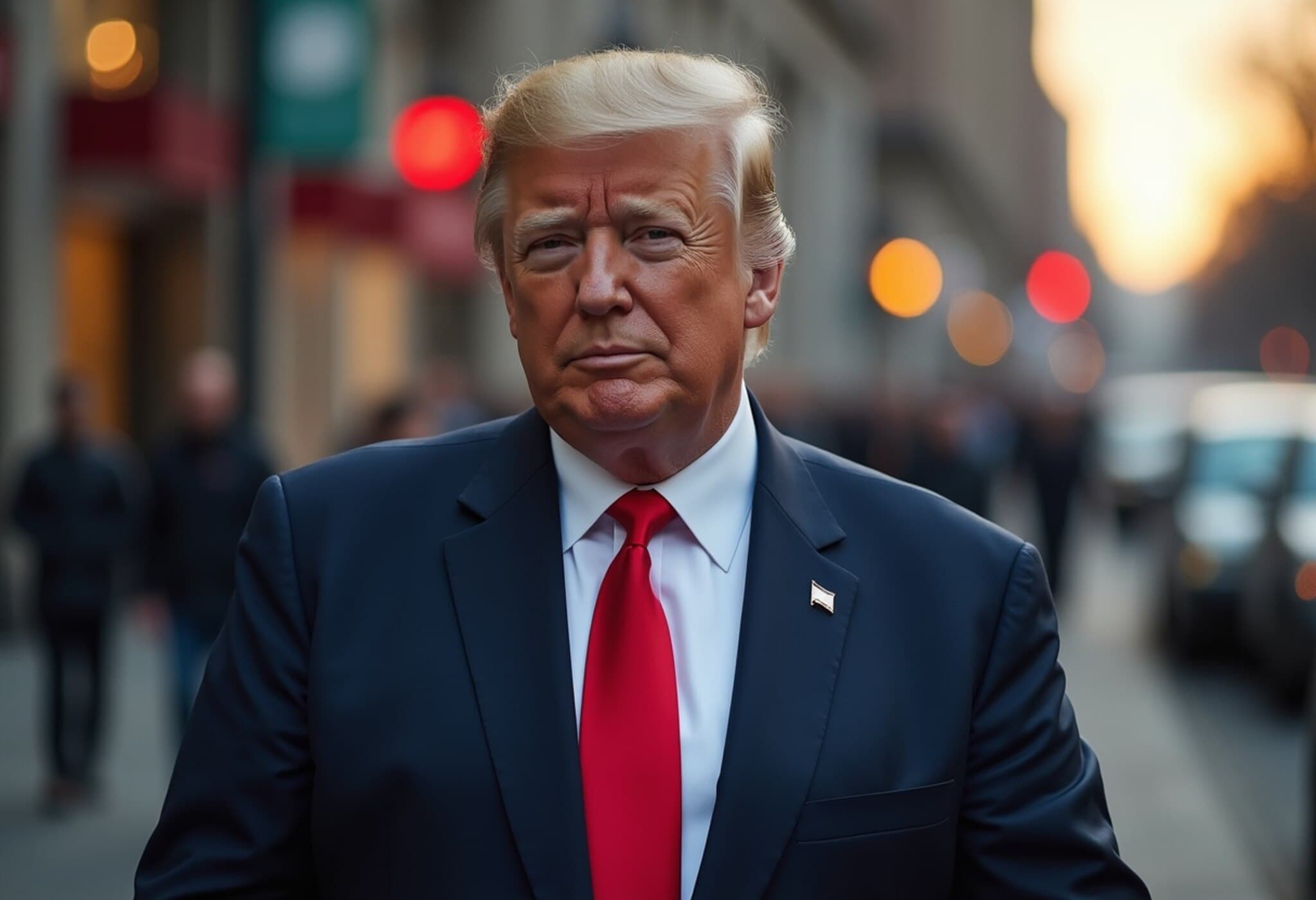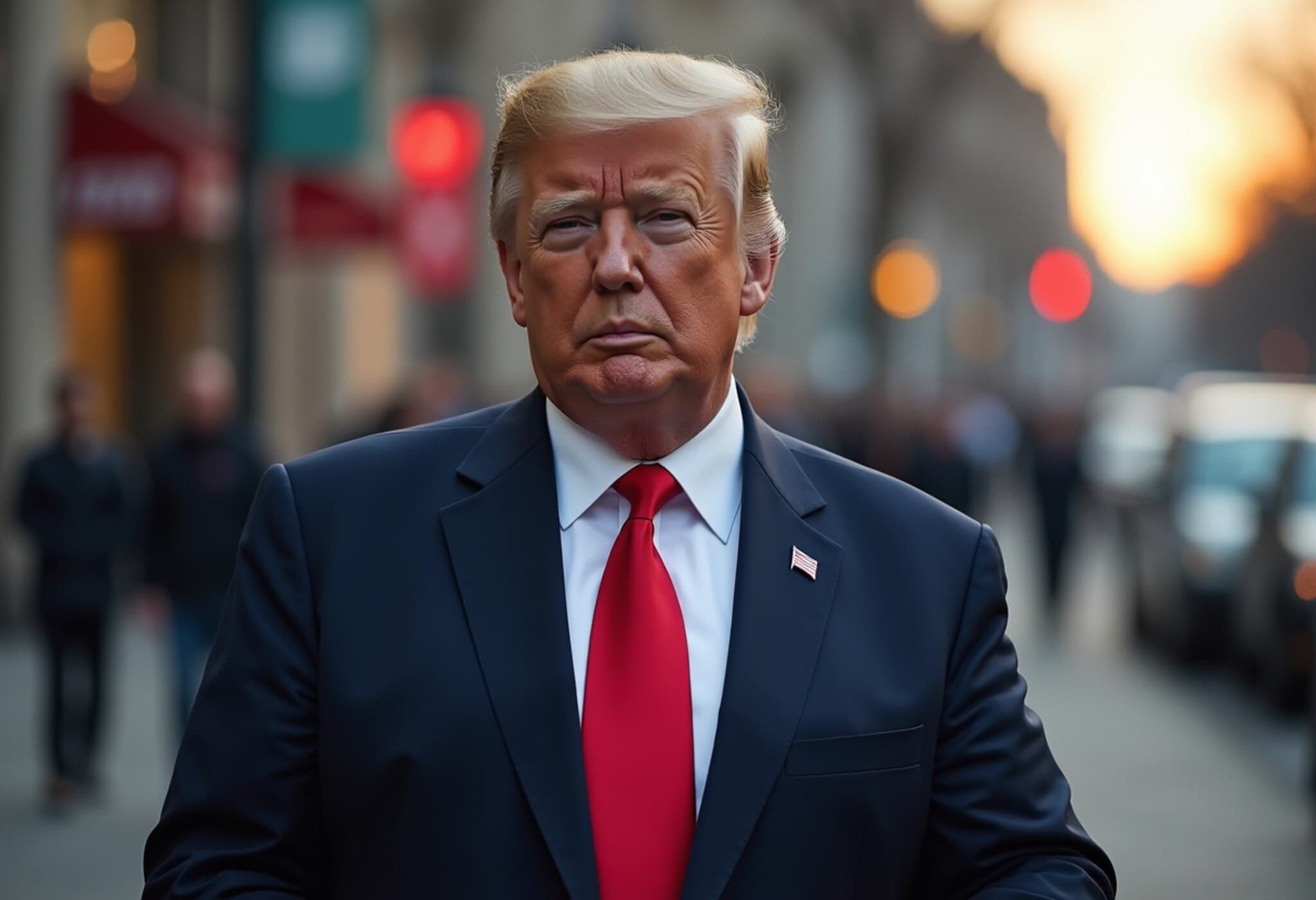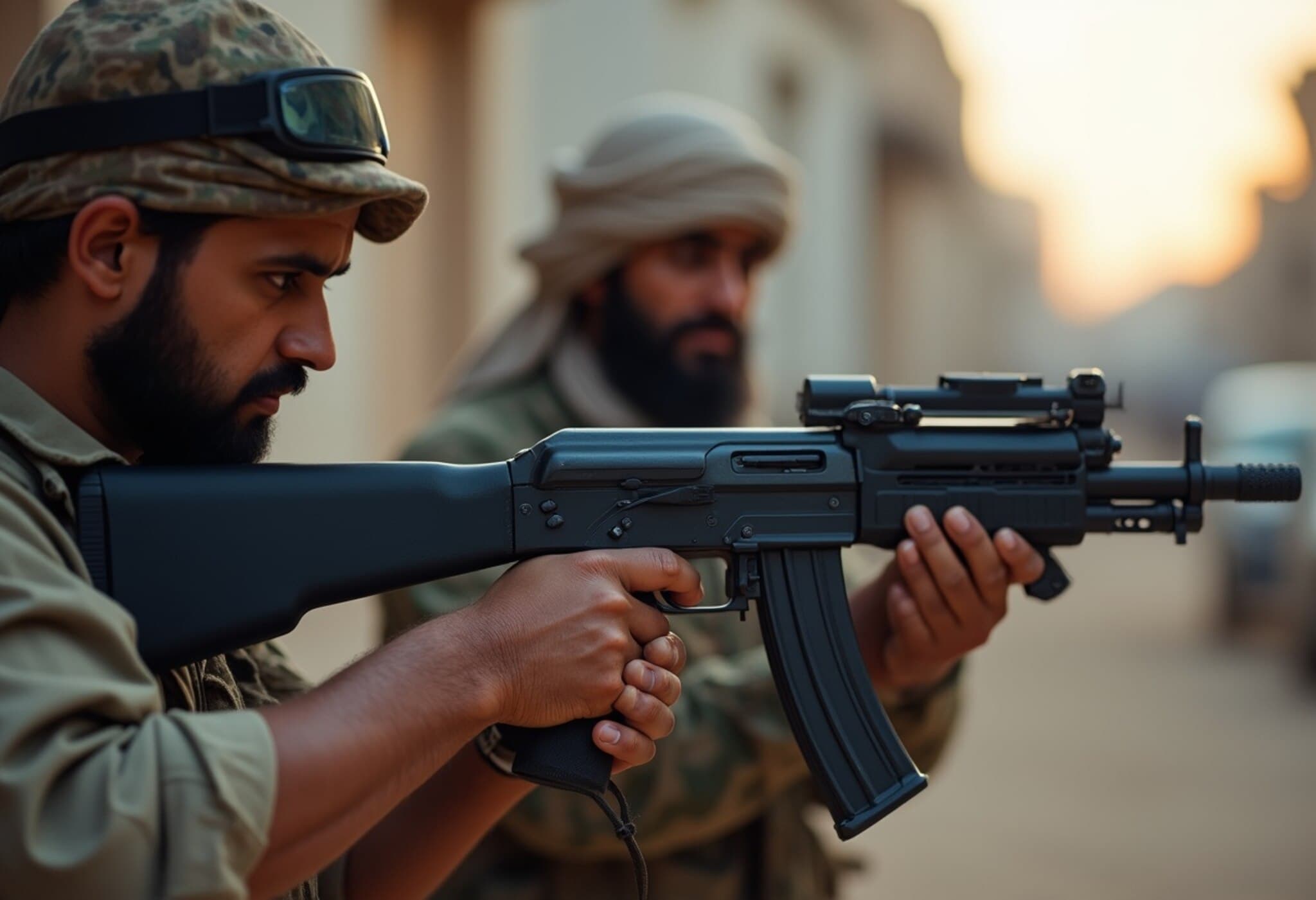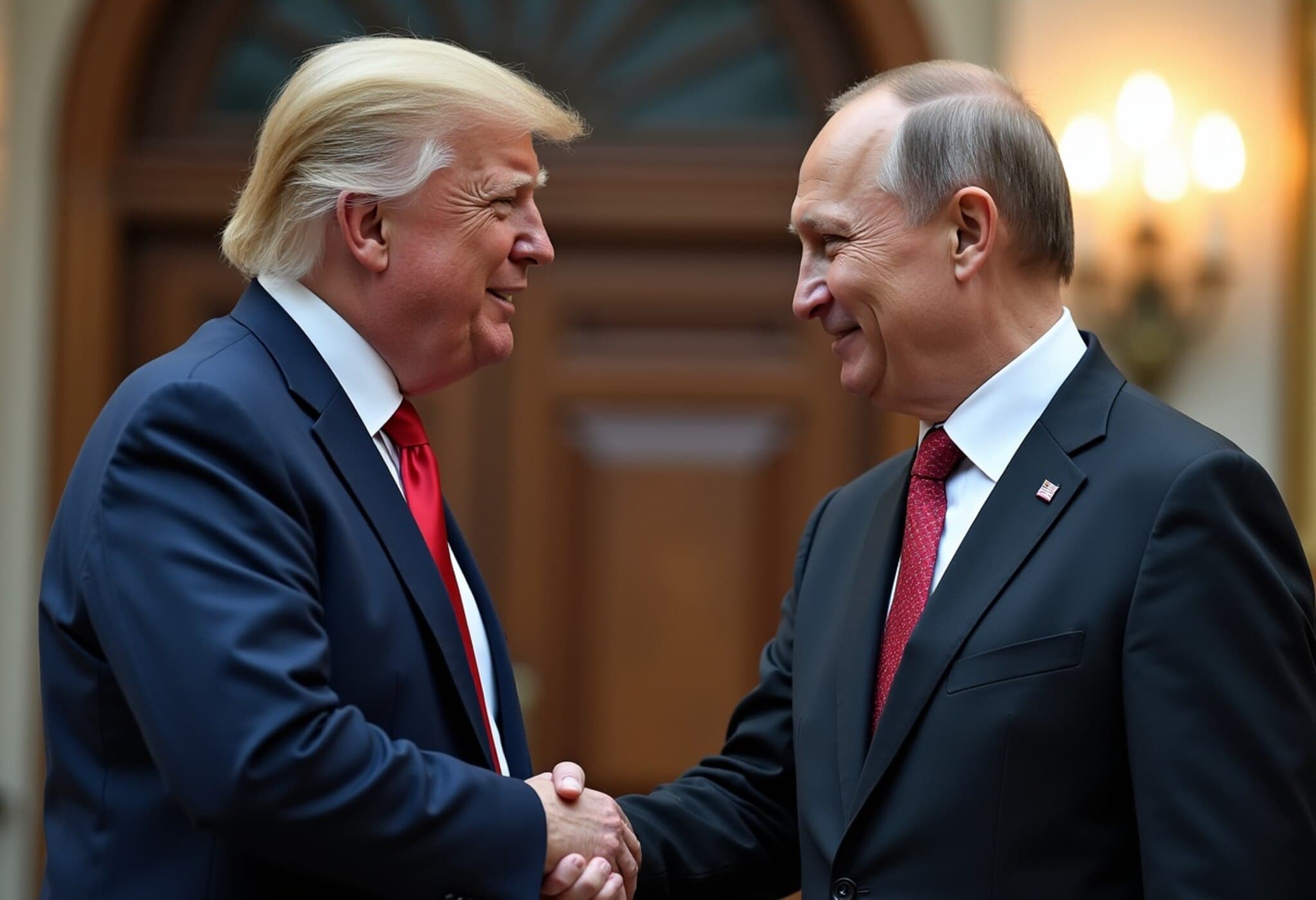Trump’s Ukraine Strategy: A Soft Ultimatum to Putin?
In an increasingly complex geopolitical chess game, US President Donald Trump’s latest approach toward the Russia-Ukraine conflict has raised eyebrows among experts and policymakers alike. While some hail his announcement of a '50-day ultimatum' to Russian President Vladimir Putin as a bold move, deeper analysis suggests it may inadvertently send the opposite message — one that emboldens Putin’s ambitions rather than restrains them.
Context: The 'Ultimatum' That Isn’t
On July 14, Trump announced a 50-day period before the US would impose new tariffs or sanctions against Russia. Ostensibly intended as leverage against a summer offensive, this grace period may actually provide Putin with a much-needed window to consolidate territorial gains on the ground in Ukraine. Notably, intelligence reports revealed that Putin had already informed Trump of a planned large-scale operation slated to run through early September, perfectly matching the timeline of Trump’s announced wait.
This timeline means that while the White House signals it will act eventually, real consequences will not come until after Putin’s offensive phase largely concludes.
Expert Insights: Russia Analyst Weighs In
Kseniya Kirillova, a respected Russia specialist at the Washington DC-based Jamestown Foundation, shares a sobering perspective: "President Trump’s current stance appears inconsistent and risks facilitating Putin’s strategy to leverage a summer offensive to strengthen Russia’s position in future negotiations."
Kirillova adds, "Putin interprets concessions as weakness and will push aggressively to extract maximum advantage." This dynamic harkens back to historical patterns where adversaries capitalize on perceived hesitations to gain ground, underscoring how timing and firmness in diplomacy are critical.
The Wider Military and Economic Landscape
Despite facing significant international sanctions and economic pressures, Russia has sustained its war effort through robust alliances and multifaceted support systems:
- China’s role: Beyond supplying raw materials, Beijing provides Russia with vital military drones and production technology.
- Iran’s contribution: Iran has shared drone technology and expertise, enhancing Russia’s aerial capabilities.
- North Korea’s involvement: Provision of arms and ammunition further bolster Russian forces.
Meanwhile, Ukrainian defense efforts face challenges amid disruptions in Western arms supplies, yet continue to rely heavily on drone warfare to offset Russian advances.
Strengths and Vulnerabilities on Both Sides
While Russia’s military-industrial complex operates at full tilt, signs indicate it may have reached its production ceiling. Systemic issues like corruption, component shortages, and administrative penalties within Russian defense sectors constrain expansion. Kirillova highlights that, "Soviet-era weapons reserves are depleting, and Russian defense factories face significant hurdles to boosting output."
On the other hand, the human toll for Russia is staggering, with estimates suggesting up to 100,000 Russian soldiers killed in 2025 alone, raising concerns about sustained manpower capabilities.
What Lies Ahead? The Implications of Trump's Approach
The delicate interplay of diplomacy, military strategy, and domestic politics looms large:
- For Putin: The apparent US delay might validate his maximalist approach and encourage a longer, more aggressive campaign.
- For the US: A perceived weakness risks undermining America’s credibility on the world stage and emboldening adversaries.
- For Ukraine: Continued reliance on external aid amid inconsistent support poses risks for their tactical and strategic momentum.
Military aid from the US and allies thus holds not only tactical significance but symbolic weight, reflecting where Washington truly stands on supporting Ukrainian sovereignty and deterring aggression.
Underreported Dimensions and Critical Questions
While mainstream narratives focus on battlefield updates, several crucial factors warrant closer scrutiny:
- Domestic pressures in Russia: Economic stagnation and the inability to reconstruct occupied territories may force Putin to escalate conflict cycles to maintain internal support.
- Psychological warfare: How Trump’s messaging affects both Russian and Ukrainian morale could shift conflict dynamics beyond physical engagements.
- Long-term strategic costs: What might delayed punitive actions induce in terms of global norms around sovereignty and aggression?
Editor’s Note
President Trump’s current Ukraine policy straddles a fine line between deterrence and appeasement, with potentially profound consequences. This 50-day window, far from a firm ultimatum, raises urgent questions about American strategic resolve in the face of repeated provocations by Russia. As the conflict moves into a critical phase, the decisions made now will reverberate well beyond Ukraine’s borders — shaping global perceptions of power, resolve, and the possibility of peace. Observers and policymakers should watch closely how military aid, diplomatic signaling, and economic sanctions evolve in the coming weeks to truly gauge the US’s stance in this fraught conflict.


